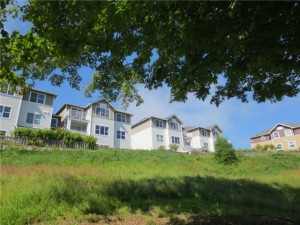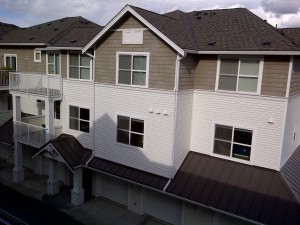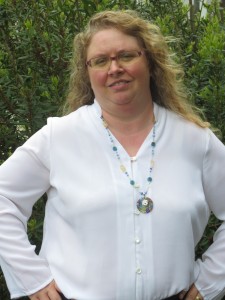I have a stark example today, and a story with a positive ending and a very happy client, about why it is CRUCIAL that home sellers hire the right agent for the job.
Any real estate agent can sell what I call a “conventional” property. But if you are going to be short selling your house, you should seek out a short sale expert. If you are selling a condo, or vacant land, again you should seek out an expert in these niches. Vacation property or secondary home? Same thing. Professional agents who have been in the business a long time have developed their skill sets over the course of their careers and have narrowed down their business to what they are most passionate and knowledgeable about.
I chose to specialize in green homes over five years ago. In the Seattle area, served by the Northwest Multiple Listing Service, they are referred to as “Environmentally Certified” homes. First I bought a Built Green Certified Home. And then I earned four different specialty designations all requiring education and testing in this area of expertise over the next five years. It is important that the agent you choose to hire shows they are staying up with technology, products, and laws pertaining to their area of expertise. If someone is an expert in something, they can really “sell” it.
I am an expert in green homes, and I can really sell High Point because I live here, and literally walk the streets here 365 days a year with my dog. I know the good and the bad. And I am an honest agent, I will share what’s important with anyone considering moving here whether the law requires me to or not.

The selling price in March 2011 as a short sale was $194,950. When it was new construction in 2007 the selling price was $306,000. I get sick to my stomach whenever I talk about prices in High Point because I too bought then, in July 2007, literally at the height of the market. (For an example, I paid $395 for my townhome, a year ago it was valued at $260k by the lender. A neighbor with the same floor plan has a pending short sale that went down to $209k before it got an offer. Final sales price we don’t know yet.)
When this neighbor contacted the agent who represented them when they bought it last year, the agent did a CMA (comparative market analysis) and recommended they list the property for $185,000. Yes, values are dragged down by all the bank owned and short sales around them. But it is not a distress sale. And maybe if this was just any old condo in West Seattle it would sell for $185k – but it’s not. This is an Environmentally Certified condo – and the entire neighborhood is also certified as Built Green. There are people who are looking for properties like this. If you market it right, it will sell for its true value.
I finally convinced them and we priced the property at $219,950 and received a full price offer within 24 hours. We went off market and went through the entire inspection process and were proceeding to closing when the buyer got cold feet and walked. The buyer gave up $3k earnest money to the seller. The seller loaded up their moving truck and drove away, trusting me that I would be able to do it again.
Two months went by. We finally started talking about a price reduction. Rather than a $5k drop, I suggested splitting it between the buyer and the buyer’s agent. We did a $3k price drop and a $2k commission bonus to the buyer’s agent if we received “an acceptable offer” (seller determines what is acceptable) within about 5 weeks.
Less than two weeks later we received another full price offer – at $216,950. And what was really hilarious about this was that the buyer was the same person who went to buy it in July. So three months later, tomorrow we close this sale. And I have a very happy client. And the buyer really did pay full price of $219,950, because she paid $3k of it two months ago when the first sale was closed.
In his own words, my client explained the financial side of this in a recent email.
“I went through our old docs from the purchase – I think once everything is included, we’ll end up $1,261.87 up from the money we put in 19 months ago. We got lucky! If we would have listened to our old Realtor and listed it at $185,000, we’d be down like $30,000!”
It’s not cheap to sell real estate. There are thousands upon thousands of dollars paid towards commissions, excise tax, and other closing costs, including title insurance and more. How would you feel if you got to live someplace FOR FREE for a year and a half?? If you bought low, it is possible to sell high – or at least today’s market rate adjusted “high”. But only if you hire the right real estate agent.







